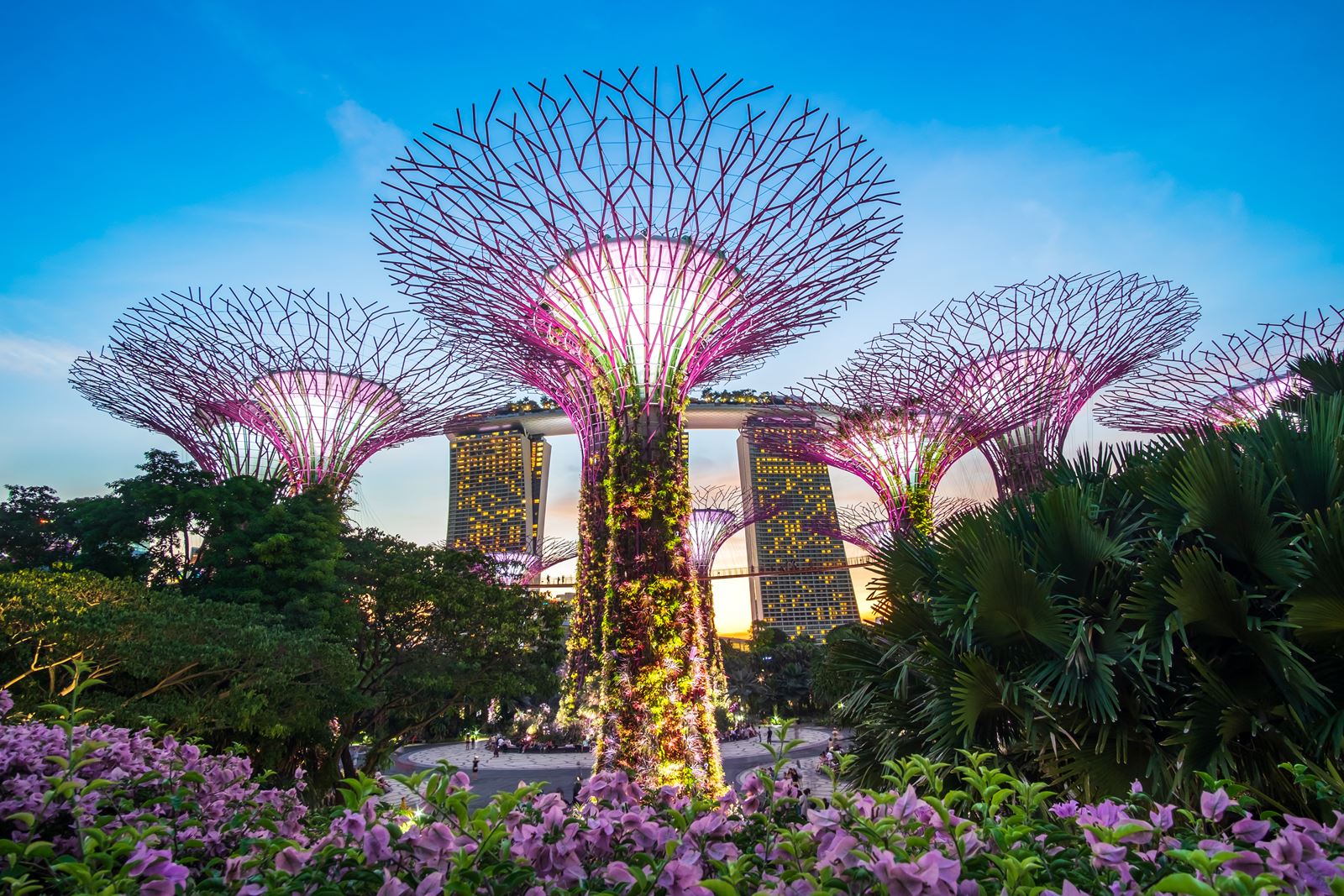Singapore, a bustling metropolis in Southeast Asia, is known for its modern skyline and vibrant city life. However, beyond the glitzy skyscrapers and contemporary architecture, lies a hidden treasure trove of colonial gems that tell the story of Singapore’s rich history. In this blog post, we will take you on a journey to discover Singapore’s architectural heritage and explore the remnants of its colonial past.
The Colonial Legacy
Singapore’s colonial history dates back to the early 19th century when it was a strategic trading post for the British East India Company. The British rule lasted for more than a century, leaving behind a lasting architectural legacy that blends Eastern and Western influences.
One of the most iconic colonial structures in Singapore is the Raffles Hotel. Built in 1887, this grand hotel is a testament to the city’s colonial past. Its elegant architecture and luxurious interiors transport visitors back in time to the era of British colonial rule. Today, the Raffles Hotel stands as a symbol of Singapore’s heritage and is a popular tourist attraction.
Chinatown: Where East Meets West
As you wander through the streets of Singapore’s Chinatown, you will come across a fascinating blend of Chinese and colonial architecture. The shophouses, with their colorful facades and intricate detailing, are a unique feature of this area. These two or three-story buildings were originally used as both residences and shops, reflecting the vibrant multiculturalism of Singapore’s past.
One notable example is the Majestic, a beautifully restored shophouse that now serves as a boutique hotel. Its colonial facade and traditional Chinese decor create a charming ambiance that transports guests to a bygone era.
The Civic District: A Glimpse into the Past
The Civic District, located in the heart of Singapore, is home to some of the city’s most significant colonial buildings. The National Gallery Singapore, housed in the former Supreme Court and City Hall, is a prime example of adaptive reuse. The stunning neoclassical architecture of these buildings has been preserved, while the interiors have been transformed into a world-class art museum.
Another architectural gem in the Civic District is the Victoria Theatre and Concert Hall. Built in 1862, this iconic landmark has witnessed numerous historical events and performances. Its majestic facade and ornate interiors make it a popular venue for concerts, plays, and other cultural events.
The Black and White Houses
One of the most distinctive architectural styles in Singapore is the “Black and White” houses. These colonial bungalows, built during the early 20th century, feature black timber frames and white walls. Set amidst lush greenery, these houses were originally built for high-ranking British officials and military personnel.
Today, many of these houses have been restored and converted into residential properties, offering a unique living experience that combines colonial charm with modern comforts. The Wessex Estate, located in the leafy suburb of Portsdown, is a prime example of this architectural style.
Preserving Singapore’s Architectural Heritage
While Singapore has embraced modernity and urban development, efforts have been made to preserve its architectural heritage. The Urban Redevelopment Authority (URA) plays a crucial role in conserving and restoring historic buildings, ensuring that they are integrated into the city’s evolving landscape.
Through initiatives like the Conservation Areas and Buildings Scheme, the URA has successfully preserved and revitalized many colonial buildings, giving them a new lease of life. These efforts not only contribute to the city’s cultural identity but also provide a glimpse into Singapore’s past for future generations to appreciate.
Conclusion
Exploring Singapore’s architectural heritage is like stepping back in time. From the grandeur of the Raffles Hotel to the charm of Chinatown’s shophouses, each building tells a story of Singapore’s colonial past. As the city continues to evolve, it is essential to preserve these architectural gems that are a testament to its rich history. So, the next time you visit Singapore, take a moment to appreciate the beauty and significance of these colonial treasures.

